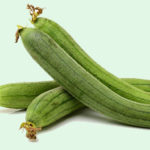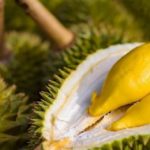Durian is a fruit that is rich in nutrients. Vitamins B, C, fiber, iron, copper, potassium… are all good for boosting the immune system, improving blood flow, and effective in overcoming depression. However, durian is quite high in calories, so if you are on a diet, it is best to limit your consumption of durian!
Tips for choosing delicious durians
1. Identify by the spikes on the fruit
An old durian is a fruit with wide spikes, with a slightly yellowish border. If the durian fruit has tightly closed spikes, the spikes do not open, and there is no yellowish border at the base of the spikes, then that durian fruit is still young.
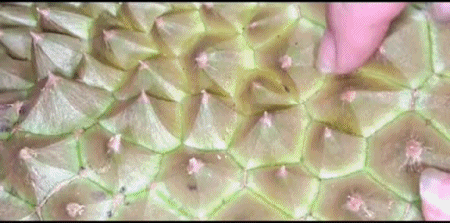
Tightly closed spikes
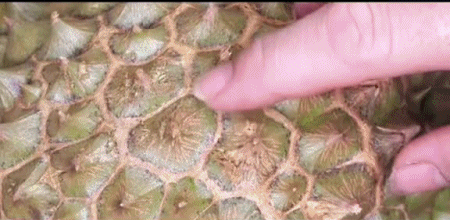
Wide open spikes
2. Identify ripe durians that have fallen naturally or have been cut down
To determine if the durian has fallen naturally or if it has been cut down, we need to look at the stem of the durian. If you see that the durian stem has a cut mark and right below the cut there is a small joint with a border, then that is a durian that has been cut when the fruit is old, not ripe. If the durian is ripe and has fallen naturally, when it ripens, it will automatically crack at the joint with the border, and you will see small raised veins without any cut marks.
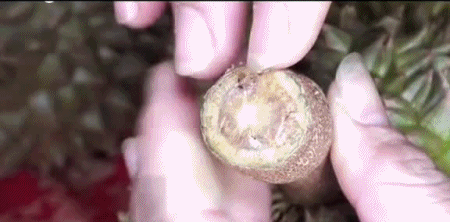
Durian that has been cut down
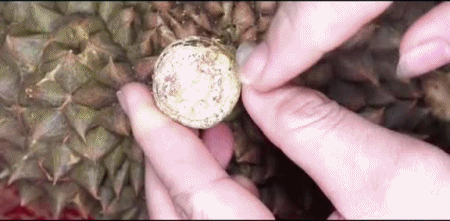
Ripe durian that has fallen naturally
3. Identify ripe durians by tapping
Tap on the durian fruit and listen to the sound to distinguish which one is overripe, ripe, or still unripe. If you tap on the durian fruit and hear a “thud” sound but the sound echoes slowly, then that fruit is very ripe. If you tap on the durian fruit and also hear a “thud” sound but the sound is a bit sharp, then the fruit is ripe. If you tap on the durian fruit and hear a dry sound, then the fruit is still unripe.
4. Identify durians by weight
Good durians usually weigh between 2kg and 6kg. If the durian is smaller than 2kg or larger than 6kg, it is usually not good.
Good luck with these tips for choosing delicious durians!
Source: Nhịp sống Việt

























